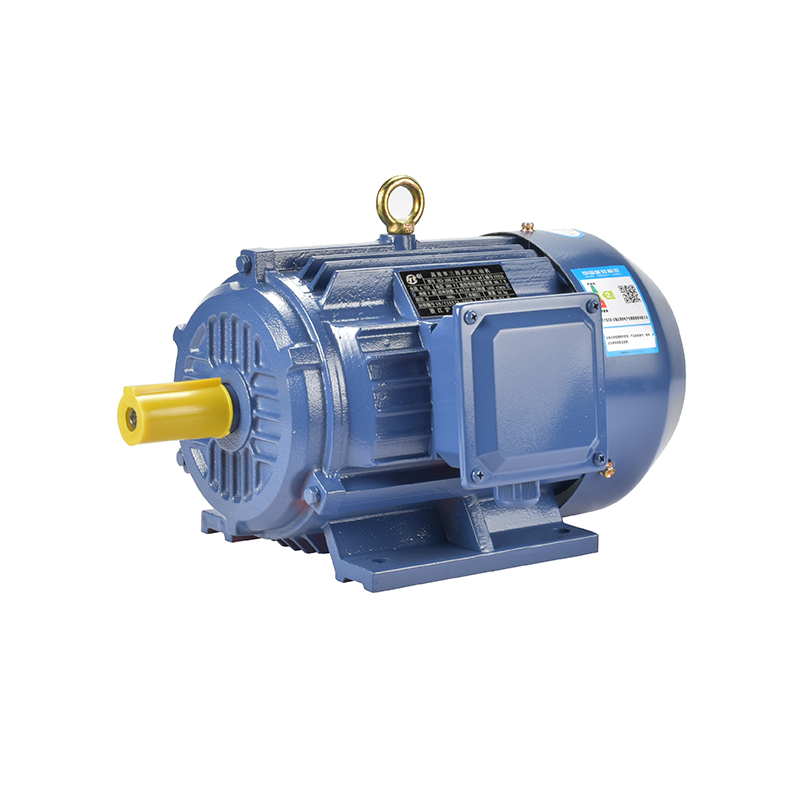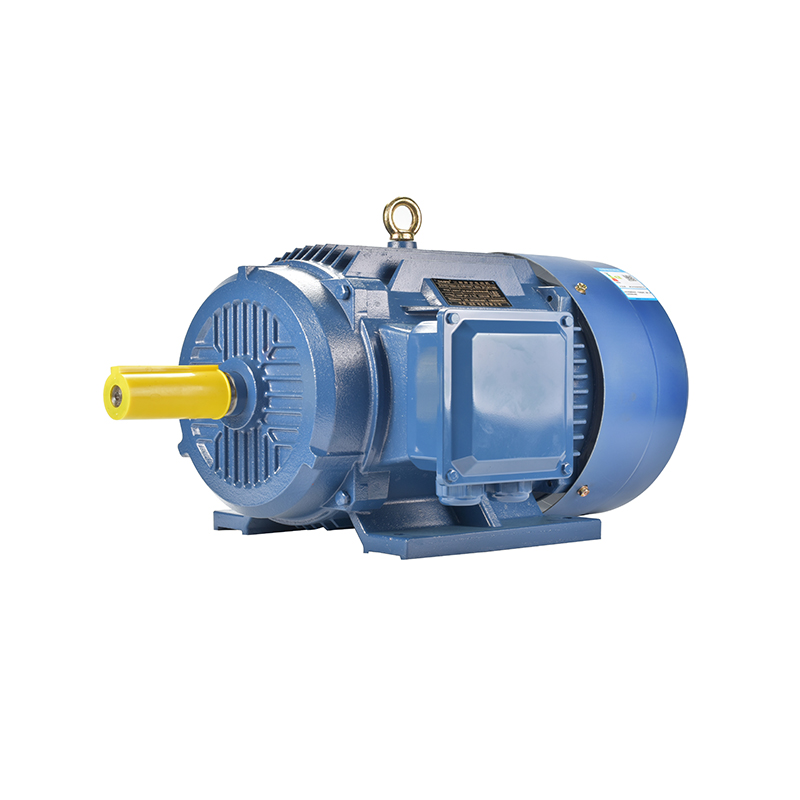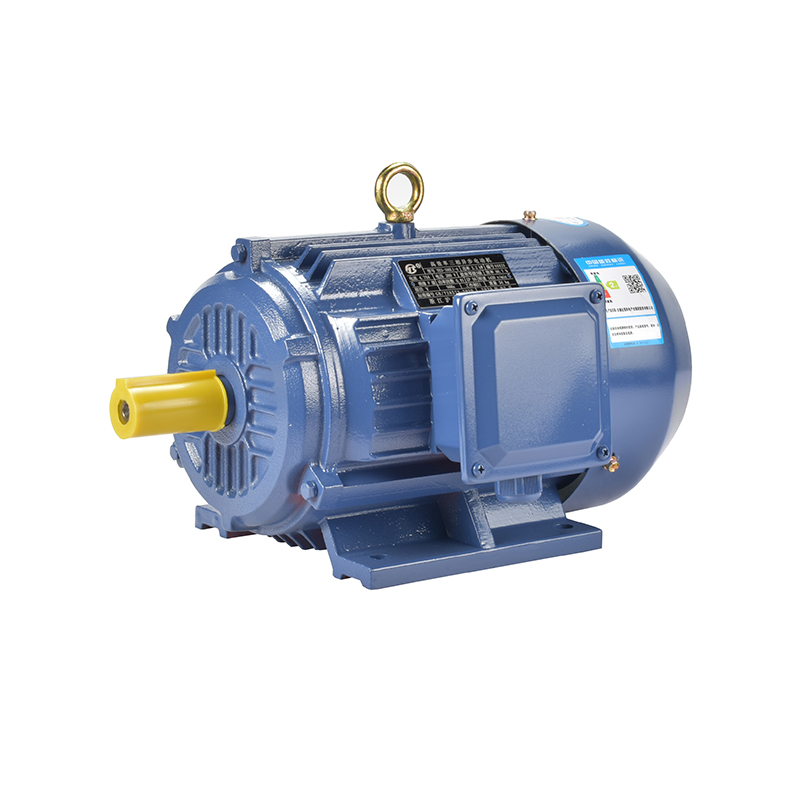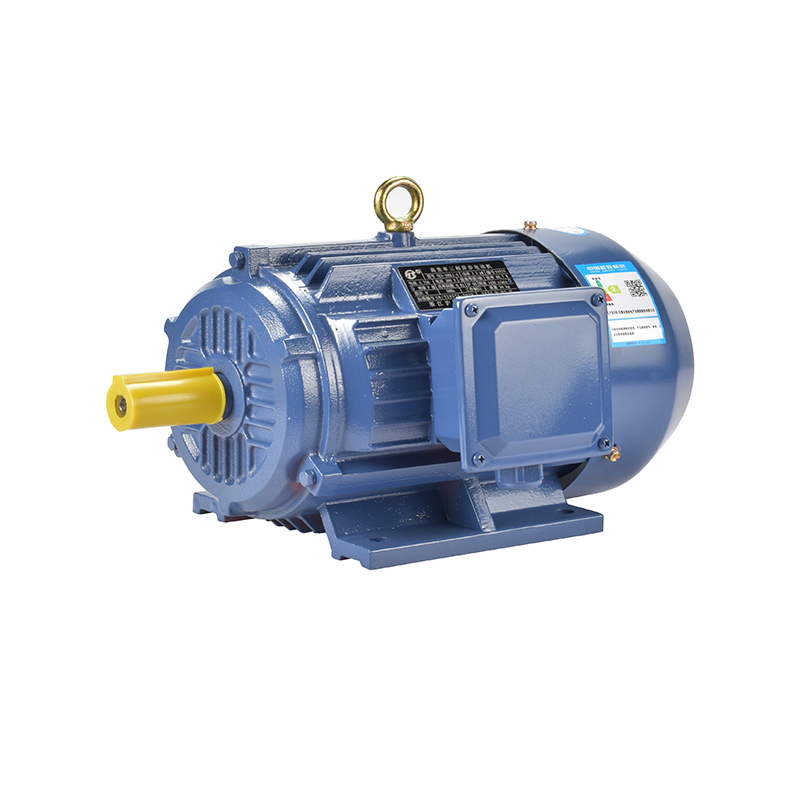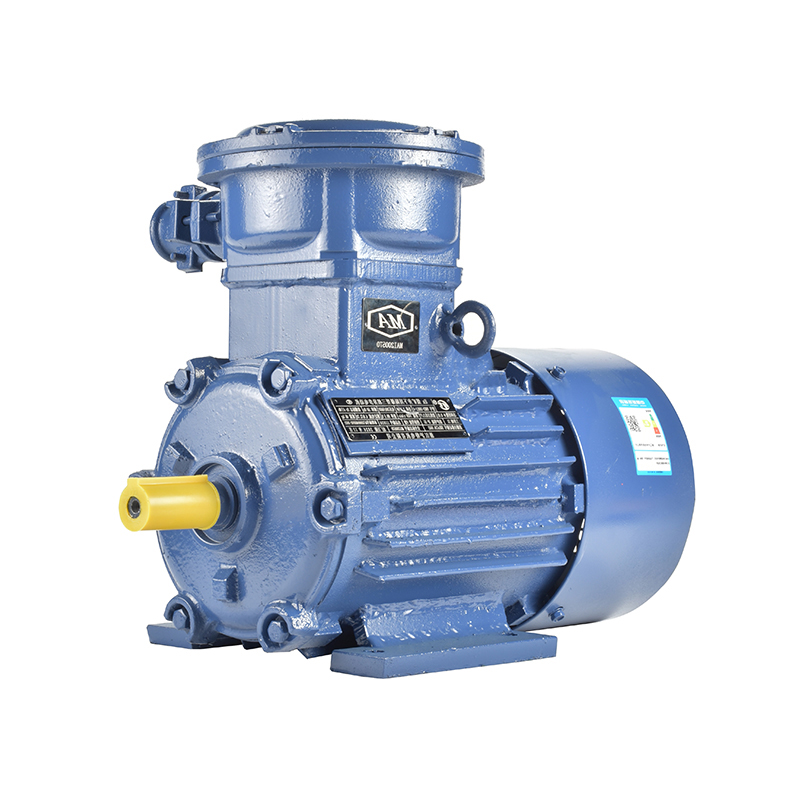Three Phase Ki Motors Gain Traction In Agricultural And Construction Equipment
In recent years, the demand for durable and efficient machinery in agriculture and construction has prompted the widespread adoption of three phase ki motors across multiple applications. These motors are known for their capacity to handle high power loads while maintaining steady performance, making them suitable for equipment such as irrigation pumps, harvesters, conveyors, mixers, cranes, and concrete machinery.
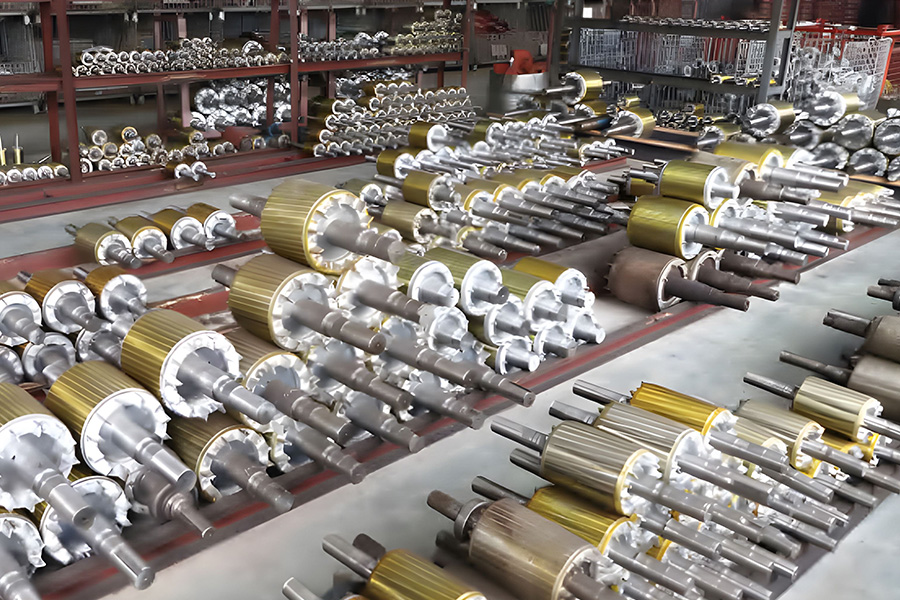
A significant shift is also occurring with the integration of the frequency conversion motor in these sectors. This type of motor offers variable speed control, which is particularly valuable in tasks where equipment needs to adjust to different operational conditions. For example, in a construction setting, machines may require varying torque levels during lifting or drilling processes. Similarly, in agriculture, irrigation or grain processing equipment benefits from the ability to increase or decrease speed depending on crop and weather conditions.
The combination of three phase ki motors with frequency conversion motor systems allows for a balanced blend of robustness and flexibility. Traditional motors often operate at a constant speed, but adding frequency conversion enables machines to optimize energy consumption by matching motor output to the exact load requirements. This can reduce energy waste and enhance the longevity of the mechanical components.
Farmers and contractors alike are recognizing the practicality of deploying three phase ki motors in their machinery fleets. These motors are relatively low-maintenance and are known for their stable operation under fluctuating loads. Their design supports high torque generation, which is particularly useful in demanding applications such as plowing or soil compacting. By using a frequency conversion motor in tandem, the motor’s efficiency can be adjusted in real time, pilot to smoother transitions and more precise control during operation.
Another advantage of incorporating the frequency conversion motor is the soft-start capability it provides. Agricultural and construction machinery often encounters start-stop cycles, which can place stress on both the motor and connected mechanical systems. Soft starting reduces initial current surges, less wear and lowering the chances of equipment damage. This function also contributes to enhanced safety, especially in environments where machinery must operate near people or animals.
Moreover, three phase ki motors are compatible with a wide range of environmental conditions. Whether used in dusty fields or on muddy job sites, these motors demonstrate a capacity to function reliably. With frequency conversion motor features, operators can make real-time speed and torque adjustments without halting the operation, which enhances productivity on-site.
As more equipment manufacturers focus on versatility and energy usage, frequency conversion motor systems are being integrated directly into motor-driven platforms. This trend reflects a broader shift toward more adaptive machinery, capable of responding to environmental or process-based changes without requiring manual recalibration. Pairing this capability with the mechanical strength of three phase ki motors creates a foundation for long-term functionality and application-specific tuning.
In both agricultural and construction sectors, the reliability of three phase ki motor performance combined with the flexibility of a frequency conversion motor is proving to be a practical match. Operators appreciate the reduction in operational interruptions and the smoother machine response during heavy-duty work. These advantages contribute to increased working hours and reduced fuel or electricity costs.
With equipment demands growing in scale and complexity, the use of three phase ki motors supported by frequency conversion motor systems will likely continue to expand. Whether applied to tractor-driven systems or automated bricklaying machinery, this motor pairing offers practical solutions for a broad range of industrial needs.
As technology progresses, more variations of frequency conversion motor designs are expected to be developed, supporting a wider array of agricultural and construction tools. Together with the continued reliability of the three phase ki motor, this combination represents a strong foundation for modern machinery across sectors focused on performance, adaptability, and consistent output.
-
Feedback



 English
English русский
русский Español
Español عربى
عربى

